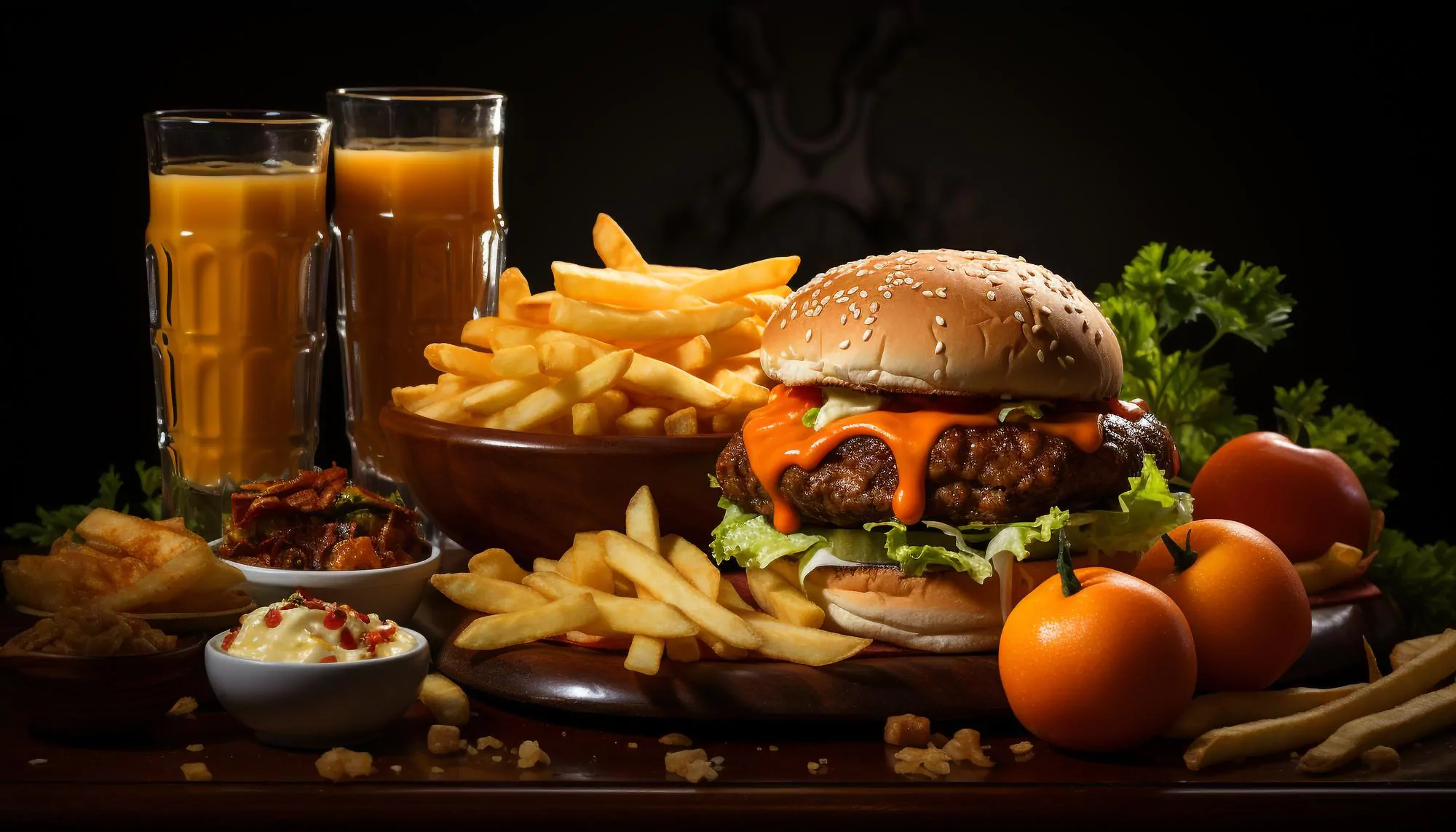Understanding the physiological conditions that influence drug absorption and distribution is essential for the development of effective pharmaceutical treatments. A recent study published in the Journal of Pharmaceutical Sciences has shed light on the dynamics of drug transfer from the stomach to the upper small intestine following the consumption of a high-calorie, high-fat meal. The research reveals significant insights that could have far-reaching implications for the field of clinical drug development.
In this comprehensive article, we will delve into the findings of the study conducted by a team of researchers from the Department of Pharmacy at the National and Kapodistrian University of Athens and Janssen Pharmaceutica NV in Belgium. The study, led by Dr. Shirin S. Dietrich and her colleagues, aimed to provide clarity on how drugs are processed in the body after eating a large, fatty meal.
Study Design and Implementation
The researchers embarked on a pharmacokinetic exploration by administering drugs to the antrum of eight healthy adult participants. This was done 30 minutes after the subjects had ingested a high-calorie, high-fat meal, mirroring a common real-world scenario of drug intake. Two different drugs were used in the study: paracetamol, a common analgesic and antipyretic drug, and itraconazole, an antifungal medication found in Sporanox® amorphous solid dispersion pellets. The drugs were selected due to their widespread use and differing characteristics.
Key Findings and Implications
One of the pivotal findings from the study was related to the buffer capacity of the antral and upper small intestinal contents. The researchers discovered that these capacities were significantly higher in a fed state compared to what had been previously reported during fasting. Specifically, the overall median buffer capacity of antral contents was estimated at 18.0 and 24.0 mmol/ml/ΔpH when titrating with sodium hydroxide (NaOH) and hydrochloric acid (HCl), respectively. Meanwhile, the corresponding values for the upper small intestine were 14.0 and 16.8 mmol/ml/ΔpH.
Another significant observation was the drug transfer process, which occurred with apparent first-order kinetics. The team estimated antral emptying half-lives of 39 minutes for paracetamol and 45 minutes for itraconazole. Interestingly, the apparent volume of upper small intestine contents more than doubled compared with fasted state values, indicating that a meal’s fat content significantly alters the gastrointestinal environment.
The half-life of drug elimination from the upper small intestine was observed to be similar to recent estimates for highly permeable drugs in a fasted state. Furthermore, the researchers found that the apparent volume of antral contents during the first couple of hours post-drug administration was 303 mL.
Impact on Drug Development and Therapy
The study’s insights are particularly critical for the development of in silico (computer-simulated) and in vitro (laboratory-based) modeling approaches in clinical drug development. These findings can enhance the accuracy and reliability of models that predict how drugs behave in the human body when administered with or after food. Such models are fundamental for determining proper dosing regimens and ensuring efficacy and safety in various patient populations.
Future Directions
The authors of the study highlighted that there is still a lack of information on the subject, and further research is necessary. The current study provides a foundation that future investigations can build upon to optimize drug formulations and dosing recommendations based on the interaction of drugs with food.
Conclusions
The researchers concluded that their findings have significant implications for the pharmaceutical industry and healthcare practitioners. An improved understanding of how high-calorie, high-fat meals affect drug transfer can inform better clinical practices, leading to more effective and individualized treatments for patients.
Article Information and Reference List
DOI: 10.1016/j.xphs.2024.01.001
Journal: Journal of Pharmaceutical Sciences
Article Title: Understanding the Conditions Under Which Drugs are Transferred from the Stomach Through the Upper Small Intestine After a High-Calorie, High-Fat Meal.
Authors: Dietrich Shirin S., Ceulemans Jens J., Hermans Eline E., Argyropoulos Theodoros T., Goumas Konstantinos K., Vertzoni Maria M., Reppas Christos C.
Publication Date: January 11, 2024
References:
1. Amidon, G. L., Lennernäs, H., Shah, V. P., & Crison, J. R. (1995). A theoretical basis for a biopharmaceutic drug classification: the correlation of in vitro drug product dissolution and in vivo bioavailability. Pharmaceutical research, 12(3), 413-420.
2. Charman, W. N., Porter, C. J., Mithani, S., & Dressman, J. B. (1997). Physicochemical and physiological mechanisms for the effects of food on drug absorption: the role of lipids and pH. Journal of Pharmaceutical Sciences, 86(3), 269-282.
3. Lennernäs, H. (1998). Human intestinal permeability. Journal of Pharmaceutical Sciences, 87(4), 403-410.
4. Kalantzi, L., Goumas, K., Kalioras, V., Abrahamsson, B., Dressman, J. B., & Reppas, C. (2006). Characterization of the human upper gastrointestinal contents under conditions simulating bioavailability/bioequivalence studies. Pharmaceutical Research, 23(1), 165-176.
5. Lown, K. S., Bailey, D. G., Fontana, R. J., Janardan, S. K., Adair, C. H., Fortlage, L. A., … & Watkins, P. B. (1997). Grapefruit juice increases felodipine oral availability in humans by decreasing intestinal CYP3A protein expression. The Journal of Clinical Investigation, 99(10), 2545-2553.
Keywords
1. Gastrointestinal drug transfer
2. High-fat meal drug absorption
3. Paracetamol bioavailability
4. Itraconazole pharmacokinetics
5. Fed state pharmacokinetics
These keywords target individuals looking for information on how high-fat meals affect drug absorption and the pharmacokinetics of specific drugs like paracetamol and itraconazole, as well as those interested in the broader implications for pharmacokinetics during fed states.
